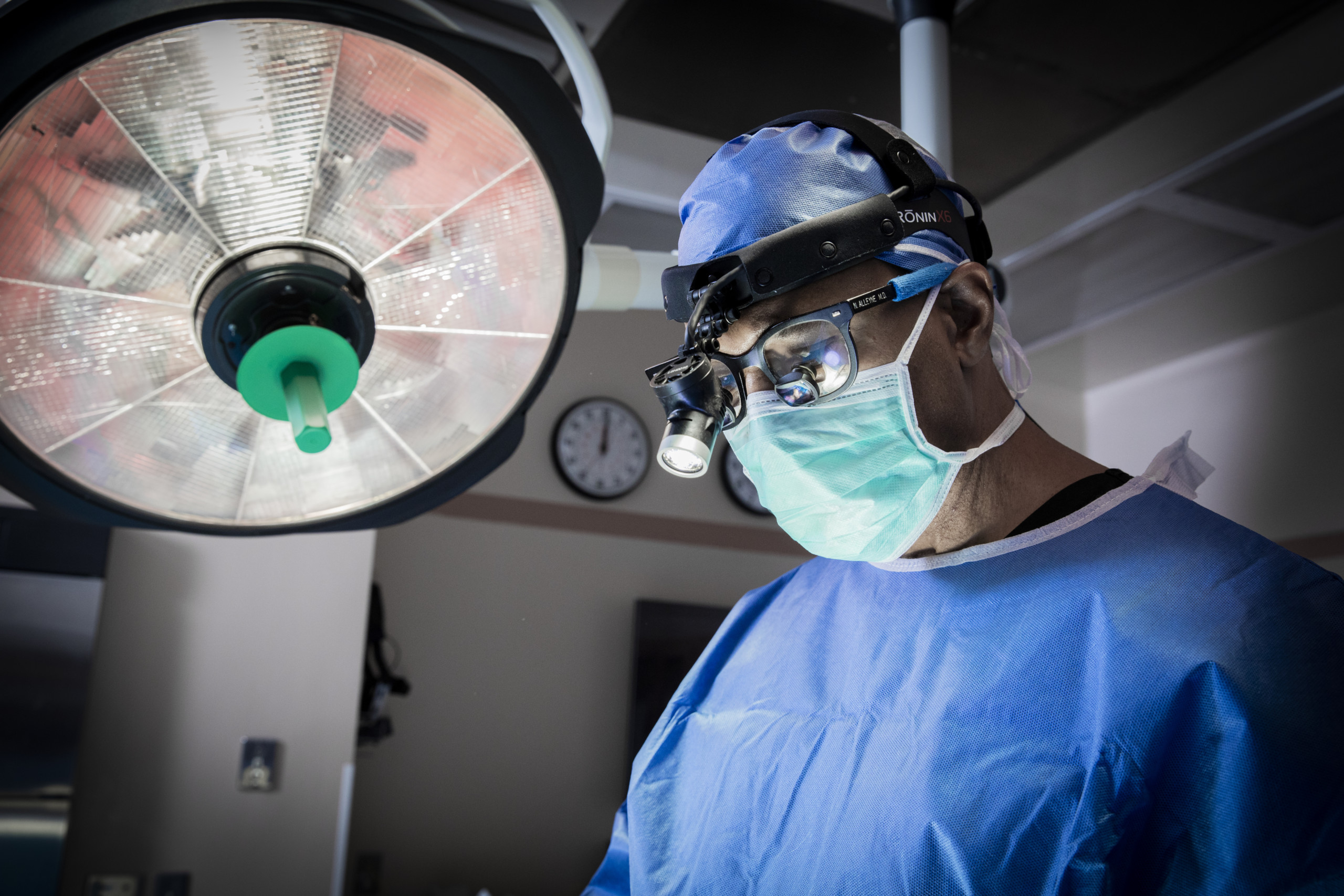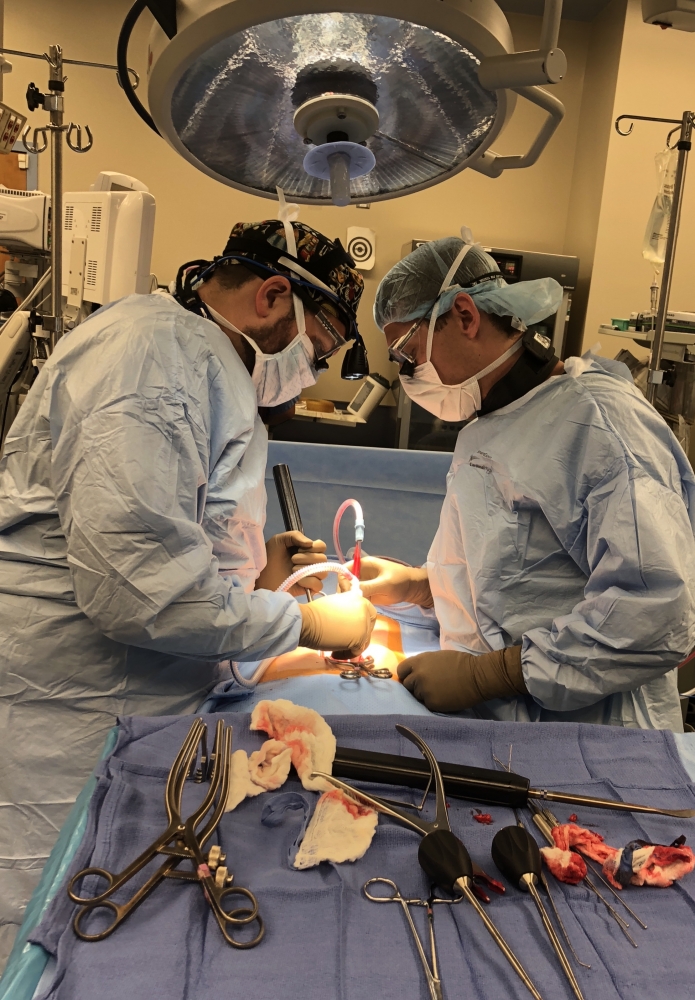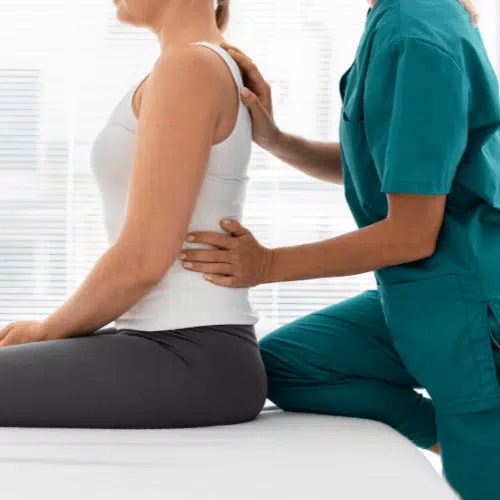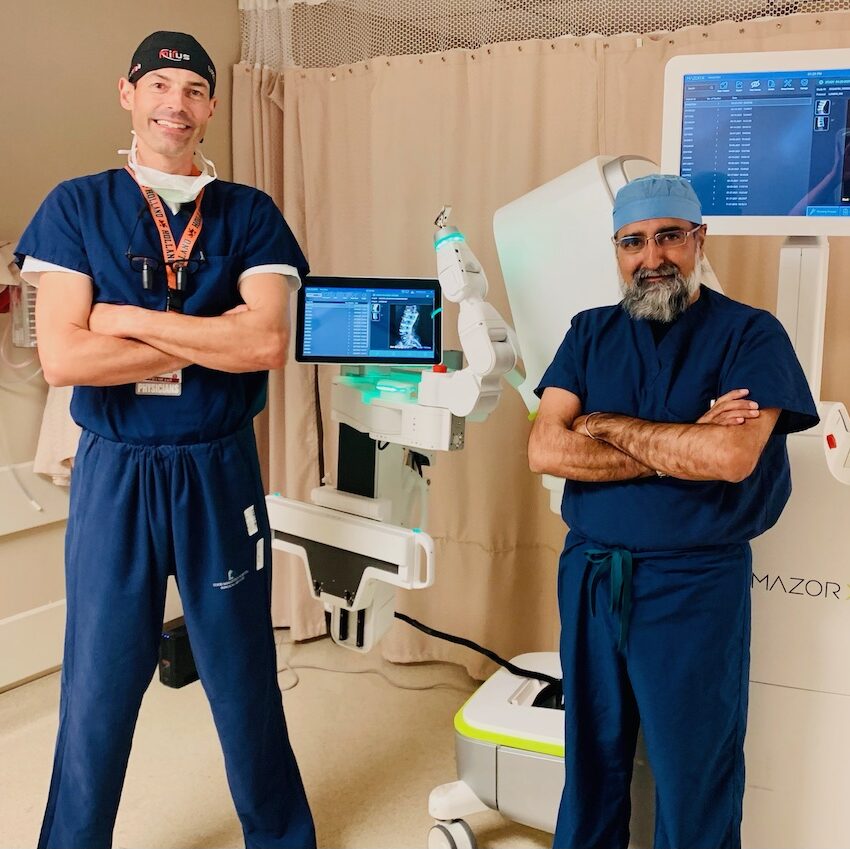Searching For Affordable Options with the Best Spine Surgeons in St Louis MO
Searching For Affordable Options with the Best Spine Surgeons in St Louis MO
Blog Article
A Summary of Spine Problems That Typically Cause Surgical Therapies
Back conditions such as herniated discs, spinal constriction, and degenerative disc illness frequently necessitate medical interventions when conservative therapies stop working to minimize persistent signs and symptoms. Recognizing the subtleties of each problem and the matching surgical options, such as discectomy or spinal fusion, is essential for efficient monitoring.
Herniated Discs
Although numerous people with herniated discs might find alleviation with conservative therapies, surgical treatment becomes an essential factor to consider when symptoms get worse or continue - best spine surgeons in st louis mo. A herniated disc takes place when the soft inner gel of a back disc extends via its outer layer, possibly compressing neighboring nerves and leading to discomfort, tingling, or weakness in the extremities
Conventional monitoring normally includes physical therapy, discomfort medications, and corticosteroid injections, which intend to decrease swelling and improve feature. However, in situations where these approaches fall short to minimize devastating symptoms, surgical choices might be explored.
One of the most common surgery for herniated discs is a discectomy, which includes the elimination of the herniated section of the disc to alleviate pressure on the influenced nerve origin. In much more serious situations, spinal fusion may be necessary to stabilize the influenced vertebrae.
Clients are advised to talk about the prospective dangers and benefits of surgical procedure with their doctor to make a notified choice. Eventually, the objective of any type of surgical intervention is to bring back feature, relieve discomfort, and boost general high quality of life for people struggling with herniated discs.
Spine Stenosis
Spine stenosis occurs when the spaces within the back slim, bring about boosted stress on the spine and nerves. This condition can create in numerous areas of the spinal column, including the back and cervical locations, commonly because of age-related modifications, such as degenerative disc disease, arthritis, or thickening of tendons.
Individuals with spine constriction may provide with signs that consist of discomfort, numbness, tingling, or weakness, mainly in the arms or legs. These signs and symptoms can be intensified by tasks that entail standing or walking, frequently leading individuals to seek alleviation with conventional therapies like physical treatment, medicines, or epidural steroid injections.
Nevertheless, when these non-surgical interventions fail to give appropriate relief, medical options might be thought about. Usual procedures for spinal constriction include laminectomy, which entails the removal of component of the vertebra to ease pressure, and spine fusion, which supports the affected area. The choice to pursue surgical procedure is usually based upon the seriousness of signs and symptoms, the level of useful impairment, and the general health of the individual. Prompt medical diagnosis and monitoring are vital to stop more neurological compromise and enhance lifestyle.
Spondylolisthesis
Spondylolisthesis happens when one vertebra slides forward over one more, causing imbalance of the back. This condition can result from different variables, consisting of congenital flaws, injury, or degenerative modifications in the back. It is most frequently observed in the lumbar area, specifically at the L4-L5 and L5-S1 degrees.

Treatment alternatives differ based on the intensity of the slippage and the signs offered. Traditional measures, consisting of physical treatment, discomfort administration, and task alteration, are commonly the initial line of defense. However, when non-surgical methods fail to alleviate symptoms or when significant nerve compression is present, medical treatment might be necessitated. Surgical options can consist of spine combination or decompression procedures, targeted at bring back positioning and easing neurological signs. Early medical diagnosis and ideal administration are critical for ideal outcomes in individuals with spondylolisthesis.
Degenerative Disc Disease

The problem can be detected with a combination of scientific examination, imaging researches, and patient history. When these methods fail to offer sufficient relief, surgical interventions might be taken into consideration.
Surgical options for DDD may include spinal blend or man-made disc replacement, focused on stabilizing the influenced section and alleviating discomfort (best spine surgeons in st louis mo). Ultimately, the option of treatment is embellished, taking into consideration the intensity of the condition, individual health, and way of living elements
Spinal Growths

What aspects add to the development of lumps within the spine, and exactly how do they show up in patients? Back tumors can occur from numerous variables, including genetic predisposition, environmental influences, and pre-existing medical conditions. They can be categorized as main growths, stemming in the back, or second tumors, which spread from other regions of the body. Patients may present with a variety of symptoms, including localized pain, neurological deficiencies, weak point, blog here or changes in bowel and bladder feature, depending on the tumor's size and area.
Surgical treatment might be necessitated to relieve signs and symptoms, obtain a biopsy, or eliminate the tumor completely. The objective of surgical treatment is Home Page typically to unwind neural aspects and maintain the back. Early detection and intervention are essential for optimizing end results in people with spinal lumps.
Final Thought
In recap, spine conditions such as herniated discs, back constriction, spondylolisthesis, degenerative disc condition, and spine tumors regularly require medical treatment as a result of their possible to create significant pain and useful impairment. While conventional therapies may use short-term relief, surgical options end up being vital when signs and symptoms worsen or persist. Timely medical diagnosis and treatment play a critical function in recovering function and boosting the quality of life for affected people, highlighting the value of detailed back treatment.

Report this page